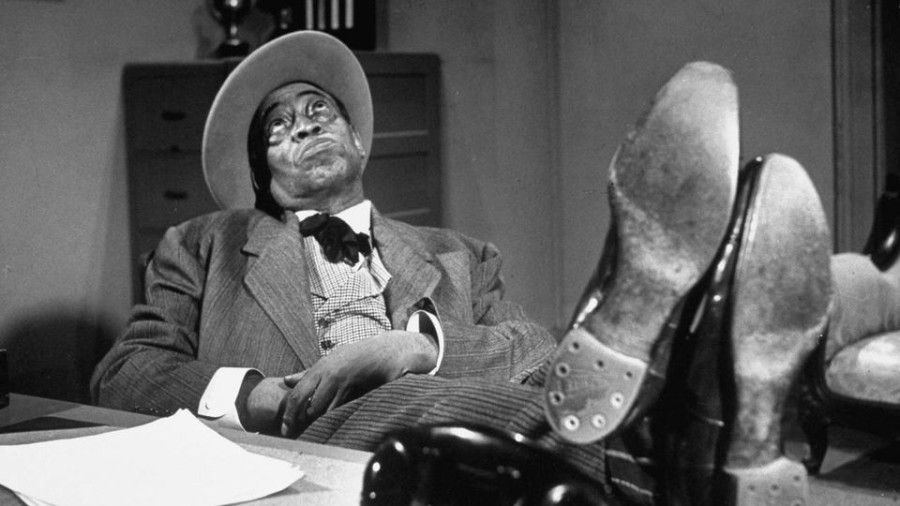Interculturalism ≠ Colorblindness
The days of colorblindness as a means of eliminating intolerance are long gone. The beauty in color should not be ignored because the blends of hues and tints that exist make society diverse.
I’ve recently heard phrases such as, “I don’t see race,” and “race doesn’t matter,” but ignoring a vital part of someone’s identity is harmful in the pursuit for equity. At face value, colorblindness has its merits: to judge someone by their character, not by their inherent attributes. The colorblind ideology focuses on the commonalities and shared humanity between people. However, colorblindness alone does not suffice to heal ethnic minorities’ wounds on a national or personal level.
The real issue with a colorblind society is that those with more racial privilege (disclaimer: comic contains profanity), or those who are unlikely to experience disadvantages due to their skin color, can effectively ignore racism and justify that the social order is fair. Consequently, racial minorities in a colorblind society feel erased. Their experiences due to race are denied, their cultural heritage is rejected, and their individual struggles are invalidated.
The notion that colorblindness is the answer to racism doesn’t explain the diminished opportunities and income faced by people of color. Colorblindness doesn’t take into account the larger picture, the patterns of cultural differences, stereotypes, and values from intersectional racial privilege. It stems from the (well-intended) position that involves a lack of awareness of privilege.
The experience of race negatively affecting living standards, feelings of safety, opportunities for economic mobility is well-documented. We live in a society that values meritocracy, but does not level the playing field.
If privilege did not matter there would not be great racial disparities in education and opportunity. Yes, labels are incredibly complex, evolving, yet limiting, but the problems associated with eliminating them are worse. Without being color conscious, we would never know the statistics for worsening unemployment by race, high school dropouts, incarceration rates, and which groups these affect more. In Seattle Native American students had a dropout rate of 42%, and Black Middle school students are four times more likely to get suspended than White students.
Meanwhile, in the employment sector, according to the Economic Policy Institute, shows that the unemployment rate among black Americans has remained double that of White Americans for the past 50 years. If race didn’t matter then these statistics would be equal for all groups; unemployment would be rampant, but equal. By eliminating color, we are effectively devaluing experience based on race. Taking away the fact that some people don’t start from the same starting line, but are pushed farther back due to characteristics that are out of their control. Yes, meritocracy is great, but not when inherit characteristics become hindrances.
“Strategic colorblindness,” according to Sam Sommers, an associate professor at Tufts University, leads to disengagement and disingenuousness in social interaction, differences between aspirations and reality, and can undermine the very value that diversity is supposed to confer.”
Interculturalism, on the other hand, is key to moving forth and recognizing the beauty in diversity. I don’t want to be blind. Intercultural competence celebrates ethnoracial differences. It celebrates that the differences are what compose society and add to it. Most importantly, it recognizes that people continue to suffer from others’ perceptions of these differences.
Besides, if you’re blind, it doesn’t mean real images aren’t there.
Sources: everdayfeminism.com, psychologytoday.com, news.harvard.edu

On her third year on the Talon, Faria is serving as co-EIC with Michael Borger (God, help us all). As a senior, Faria discovered the key to success–and...










